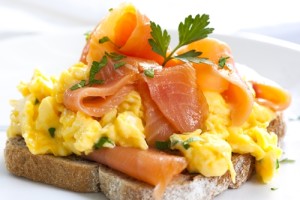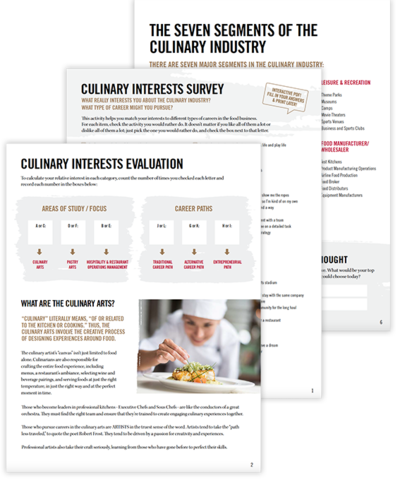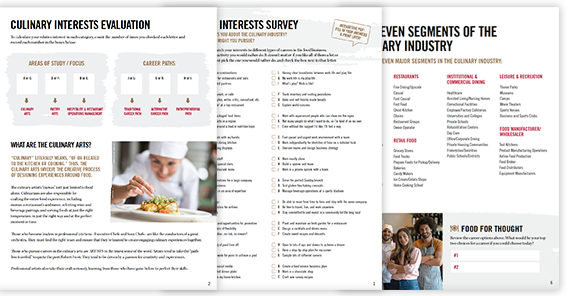Make Breakfast Egg-cellent With These Tricks

In 2012, 80.5 billion eggs were sold for human consumption, according to the Agricultural Marketing Resource Center. Though a lot of those ended up being fried, hard boiled or made into an omelet, a sizable portion ended up on breakfast tables everywhere as scrambled eggs. It’s often known for being an easy, frills-free dish, but the right techniques can make all the difference when preparing scrambled eggs. Here’s what to do to make sure your breakfast remains perpetually egg-cellent:
Choose the right pan
People often love to cook with their cast-iron skillets. However, when it comes to scrambling eggs, you just might be left with a mess as opposed to a breakfast bounty if you use the pan. To avoid crying over any such messes, Bon Appetit suggested using a non-stick pan. The coating will aid in the cleanup process and even plays a role in how long the eggs will cook overall. It’s a good idea to use the right sized pan for the job. If you’re cooking four eggs or fewer, a small one is fine. Anything more than six eggs, though, and you’ll need the surface area provided by a larger skillet.
Be careful with the whisking
How you actually whisk them can have a significant difference on the quality of your scrambled eggs, The Kitchn explained. Properly whisked eggs will be light and fluffy. On the other hand, not enough whisking will prevent the white and the yolk from blending together. You’ll want beat the eggs for 30 to 40 seconds, or until the egg mixture has a nice yellow color. It’s also important that do any whisking right away, preferably just before the eggs are added to the pan. This way, there’s more volume and air to work with, which contributes to the fluffiness of the eggs.
Picking the liquid add-ons
Though scrambled eggs are just fine without them, many people will add milk, cream or water to their recipe to help with fluffiness and moisture content. Serious Eats experimented with each liquid and found that these additions can have a noticeable effect overall:
- Milk: This ingredient helped achieve the perfect balance between lightness and rich flavoring.
- Water: Though it made the eggs lighter, water didn’t enhance the overall flavor panel.
- Cream: Here, the eggs were found to be too rich, with an almost custard-like aftertaste.
- While each did liquid helped enhance the eggs in some way, Serious Eats added that what often matters most is the actual cooking method.
Making the eggs
Each chef has his or her own approach to scrambled eggs. Speaking to The Guardian, world-renowned chef Gordon Ramsay said he favored an approach that takes less than 10 minutes. To begin, he cracks the eggs inside a cold pan that’s resting over low heat, adding in the butter almost simultaneously. After stirring for six to seven minutes, he takes the pan off the heat and adds in spices – namely salt and pepper – and creme fraiche, which is similar to standard sour cream. This results in eggs that are reportedly rich and creamy, with a nice overall smoothness.
Further perfect your scrambled egg skills when you take online culinary courses.





Recent Comments